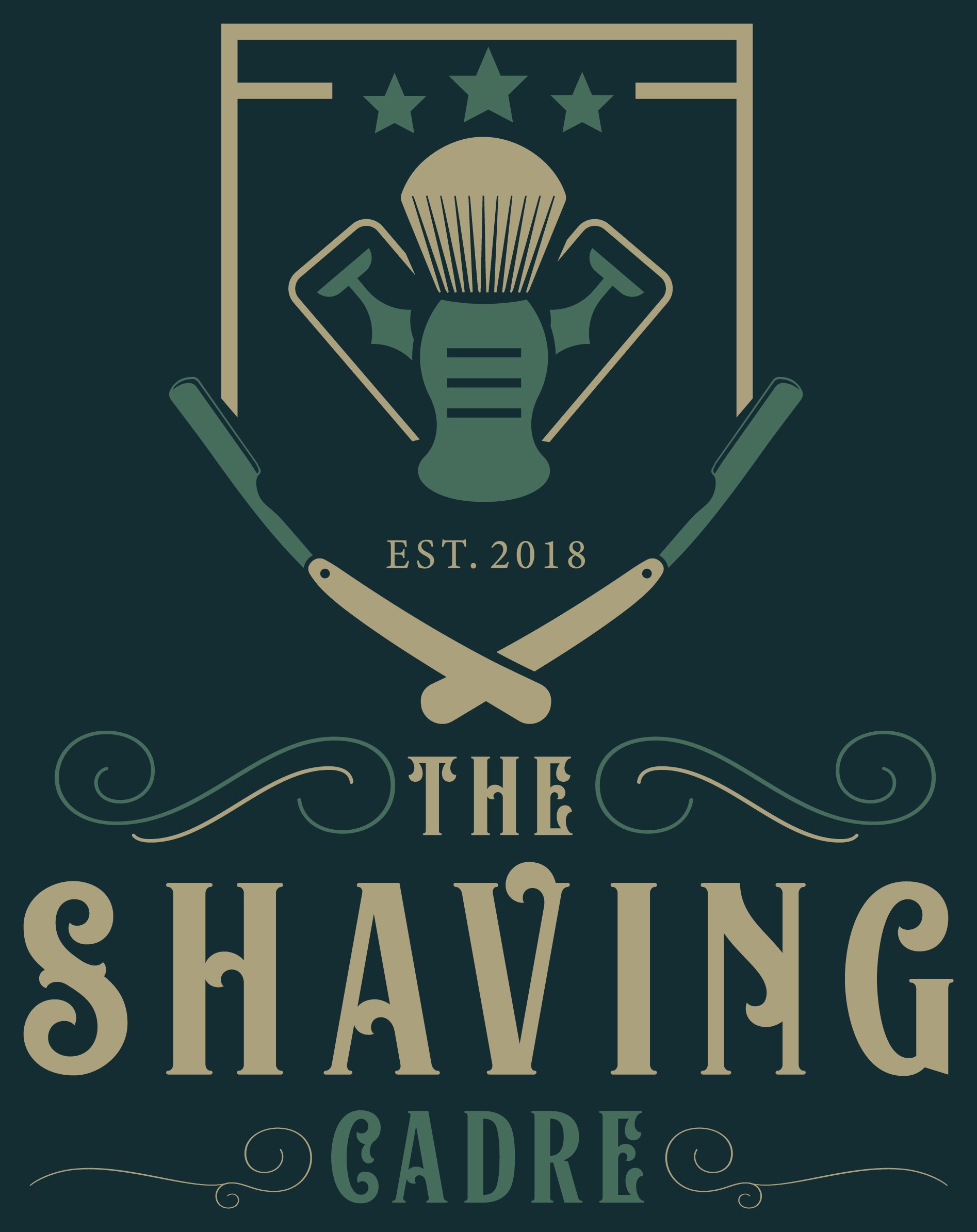This is a topic I've long been interested in, since I do enjoy collecting vintage shaving items, which frequently include talcs. Recently I've thought of putting this thread together as I've noticed @HandleBarberDave using talc as a part of his post shave routine. Now I have not done extensive or thorough research on this, but I have plucked out some tidbits form various sources that I find interesting. I welcome comments or corrections from anyone who knows more on the subject.
Talc Products have been on the market since the 1800s. But in recent history, heath concerns arose because talc from certain sources were found to be contaminated with Asbestos.
Geologically, talc and asbestos can naturally form alongside each other. Not every talc deposit is contaminated with asbestos.
In 1973, the U.S. Food and Drug Administration (FDA) developed new standards that specifically stating that the mineral should be thoroughly tested to ensure it is asbestos-free talc, a law which remains in place today.
In 1976, researchers at Mount Sinai Hospital examined 19 samples of American talcum powder products and found asbestos in 10 of them, with the asbestos content ranging from 2 percent to as much as 20 percent, depending on the brand.
Also in 1976, the Cosmetic, Toiletry and Fragrance Association (now the Personal Care Products Council) asked its members and the cosmetic industry at large to use only asbestos-free talc moving forward.
Talcum powder brands associated with past asbestos contamination include:
Cashmere Bouquet Body Talc
Clubman Talcum Powder
English Leather After Shave Talc
Faberge Brut Talc
Kings Men After Shave Talc
Mennen Shave Talc
Old Spice Talcum Powder
Pinaud Clubman Talc Powder
Yardley Invisible Talc
So, my advice is to just be cautions when using any vintage bottles of the above brands, especially anything from the 1970s or earlier.
Now, standards and testing these days are far superior and the danger of Asbestos contamination is pretty much non-existent.
Medical-grade talc is around 99 percent talc and is used in a procedure called talc pleurodesis to treat pleural effusion caused by mesothelioma. Talc used in medicine is a special grade of talc, reportedly asbestos-free, that is sterilized before use. Cosmetic-grade talc is approximately 98 percent pure talc.
Talc Products have been on the market since the 1800s. But in recent history, heath concerns arose because talc from certain sources were found to be contaminated with Asbestos.
Geologically, talc and asbestos can naturally form alongside each other. Not every talc deposit is contaminated with asbestos.
In 1973, the U.S. Food and Drug Administration (FDA) developed new standards that specifically stating that the mineral should be thoroughly tested to ensure it is asbestos-free talc, a law which remains in place today.
In 1976, researchers at Mount Sinai Hospital examined 19 samples of American talcum powder products and found asbestos in 10 of them, with the asbestos content ranging from 2 percent to as much as 20 percent, depending on the brand.
Also in 1976, the Cosmetic, Toiletry and Fragrance Association (now the Personal Care Products Council) asked its members and the cosmetic industry at large to use only asbestos-free talc moving forward.
Talcum powder brands associated with past asbestos contamination include:
Cashmere Bouquet Body Talc
Clubman Talcum Powder
English Leather After Shave Talc
Faberge Brut Talc
Kings Men After Shave Talc
Mennen Shave Talc
Old Spice Talcum Powder
Pinaud Clubman Talc Powder
Yardley Invisible Talc
So, my advice is to just be cautions when using any vintage bottles of the above brands, especially anything from the 1970s or earlier.
Now, standards and testing these days are far superior and the danger of Asbestos contamination is pretty much non-existent.
Medical-grade talc is around 99 percent talc and is used in a procedure called talc pleurodesis to treat pleural effusion caused by mesothelioma. Talc used in medicine is a special grade of talc, reportedly asbestos-free, that is sterilized before use. Cosmetic-grade talc is approximately 98 percent pure talc.


